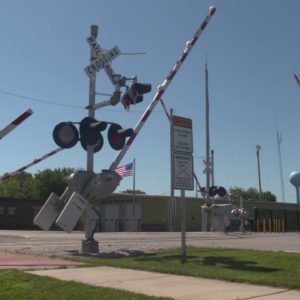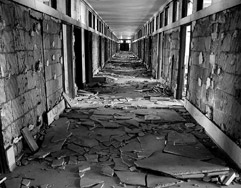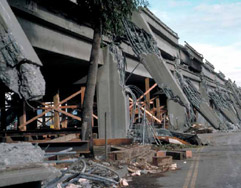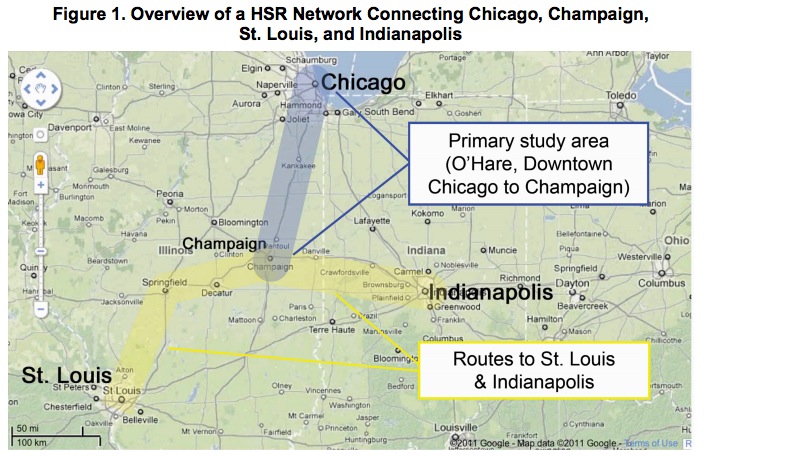
Illinois Transportation Secretary Randy Blankenhorn gives an update on high-speed rail project improvements in Illinois in this edition of Inside IDOT.
View this complete post...







John Hennessy III,
P.E.






Illinois Transportation Secretary Randy Blankenhorn gives an update on high-speed rail project improvements in Illinois in this edition of Inside IDOT.
View this complete post...
Secretary Blankenhorn talks about the FAST Act and the benefits it will have for transportation in Illinois, in this edition of Inside IDOT.
View this complete post...
Illinois Transportation Secretary Randy Blankenhorn talks about the benefits of this project and why it is needed.
View this complete post...
Joseph E. Shacter discusses the Illinois Department of Transportation’s work to improve rail service both in and around Illinois, as well as the challenges ahead in fostering public awareness of HSR benefits and overcoming cost barriers. Shacter also explains the significance of IDOT’s recently released “220-MPH High-Speed Rail Feasibility Study” that suggests that true high-speed rail could be on the horizon for the Midwest.
View this complete post...
ILLINOIS DEPARTMENT OF TRANSPORTATION
In 2009, the U.S. Department of Transportation (U.S. DOT) unveiled a high speed rail vision for America that would complement existing transportation systems (e.g. highways, aviation, and regional and urban public transportation systems). These systems would span between 100 and 600 miles to safely, conveniently, and efficiently connect communities across America. They would create a foundation for economic growth in a more complex global economy, promote energy independence, improve safety and environmental quality, and foster livable communities. The U.S. DOT envisioned collaboration with the states to help plan and develop high speed rail in intercity passenger rail corridors.
Follow InfrastructureUSA
Video, stills and tales. Share images of the Infra in your community that demands attention. Post your ideas about national Infra issues. Go ahead. Show Us Your Infra! Upload and instantly share your message.
Is the administration moving fast enough on Infra issues? Are Americans prepared to pay more taxes for repairs? Should job creation be the guiding determination? Vote now!
What do the experts think? This is where the nation's public policy organizations, trade associations and think tanks weigh in with analysis on Infra issues. Tell them what you think. Ask questions. Share a different view.
The Infra Blog offers cutting edge perspective on a broad spectrum of Infra topics. Frequent updates and provocative posts highlight hot button topics -- essential ingredients of a national Infra dialogue.
It is encouraging to finally see clear signs of federal action to support a comprehensive US infrastructure investment plan.
Now more than ever, our advocacy is needed to keep stakeholders informed and connected, and to hold politicians to their promises to finally fix our nation’s ailing infrastructure.
We have already engaged nearly 280,000 users, and hoping to add many more as interest continues to grow.
We require your support in order to rise to this occasion, to make the most of this opportunity. Please consider making a tax-deductible donation to InfrastructureUSA.org.
Steve Anderson
Managing Director
SteveAnderson@InfrastructureUSA.org
917-940-7125